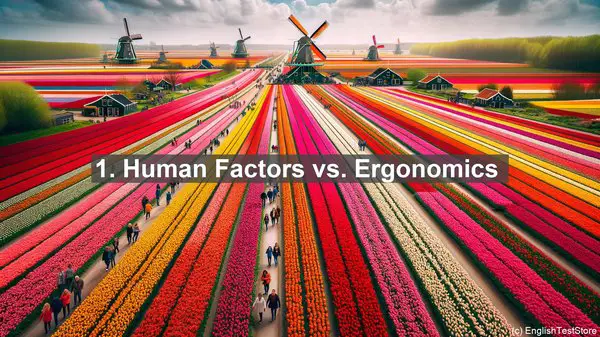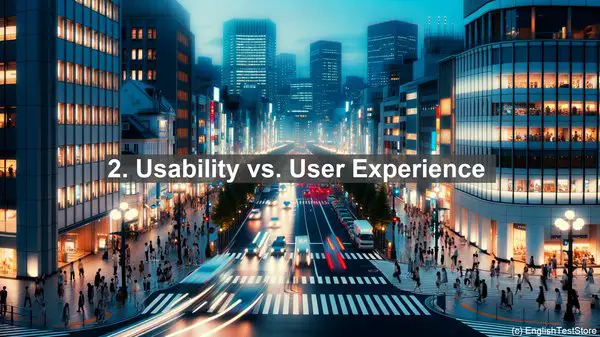Introduction to Human Factors and Ergonomics
Welcome to today’s lesson on the top 10 commonly confused words in the fascinating field of Human Factors and Ergonomics. As students, it’s crucial to have a strong grasp of these terms, as they form the foundation of our understanding in this domain.
1. Human Factors vs. Ergonomics
The terms ‘Human Factors’ and ‘Ergonomics’ are often used interchangeably, but they have subtle differences. Human Factors focuses on the interaction between humans and systems, while Ergonomics emphasizes the design and optimization of products for human use.

2. Usability vs. User Experience
While both terms are related to the user’s interaction with a product, ‘Usability’ refers to how easy a product is to use, whereas ‘User Experience’ encompasses the overall experience, including emotions and satisfaction.
3. Anthropometry vs. Biomechanics
Anthropometry deals with the measurement of human body dimensions, which is crucial for designing products that fit well. Biomechanics, on the other hand, focuses on the mechanics of human movement and the forces acting upon the body.
4. Hazard vs. Risk
While both terms relate to potential harm, ‘Hazard’ refers to the inherent danger, whereas ‘Risk’ takes into account the likelihood of that danger occurring. Understanding the difference is vital for creating safe work environments.
5. Cognitive Load vs. Mental Workload
Cognitive Load refers to the amount of mental effort required for a task, while Mental Workload encompasses the overall cognitive demands placed on an individual. Both are crucial considerations for designing tasks and systems.
6. Accessibility vs. Inclusivity
Accessibility focuses on ensuring that products and environments are usable by individuals with disabilities. Inclusivity goes a step further, aiming to create designs that cater to the needs of a diverse range of users.
7. Affordance vs. Signifier
Affordance refers to the perceived actions or uses of an object based on its design. Signifiers, on the other hand, are explicit cues that indicate how an object should be used. Both are essential for intuitive designs.
8. Feedback vs. Feedforward
Feedback provides information about the outcome of an action, while Feedforward gives guidance or information before an action is performed. Both types of information are valuable for users in different contexts.

9. Error vs. Mistake
In Human Factors, an ‘Error’ refers to a system-induced problem, while a ‘Mistake’ is an action or decision made by a person. Understanding the distinction helps in identifying and addressing potential issues.
10. Fatigue vs. Sleepiness
Fatigue is a state of reduced physical or mental capacity due to prolonged exertion or stress. Sleepiness, on the other hand, is the desire or need for sleep. Both can impact performance and safety in different contexts.
